Phonics Teaching Resources
Make teaching phonics easy with printable phonics worksheets, activities, games and more designed for elementary ELA and ELAR teachers.
This collection of curriculum-aligned teaching resources has been carefully reviewed by our expert teaching team to make sure every resource is classroom-ready — so we can make your lesson planning easier!
New to teaching phonics, or just looking for new ways to engage your students? Read on for a primer from our teacher team!
What Is Phonics?
You've likely heard the word "phonics" thousands of times throughout your own education and maybe on one of those old as from the '90s. But what is phonics, exactly?
Phonics is technically defined as the systematic instruction of the relationships between letters and sounds in written language. But that's a mouthful, isn't it? More simply, phonics is the word we use to refer to the method of teaching reading by focusing on the relationship between written letters and the sounds they represent.
In phonics, kids learn how to decode written words by recognizing the sound-symbol correspondence.
Phonics vs. Phonemic Awareness
When we start talking about letters and their sounds, we start to wander into phonemic awareness territory. So what's the difference?
The words phonics and phonemic are similar, and the two concepts are — surprise, surprise — related. But there are key differences.
Phonemic awareness is essentially the ability to identify and manipulate individual sounds — aka phonemes — in spoken language. It's those individual sounds and their correspondence to the letter symbols that can be used by kids to then decode written words.
So students learn to recognize the individual sounds of spoken language (phonemes) and how these sounds can be represented by letters (graphemes) in written language. Then they apply this knowledge to decode written words by understanding the sound-symbol correspondence.
Consider this example:
- Let's say your student can identify the separate sounds in a spoken word such as "cat" (i.e., /k/ /a/ /t/). That's phonemic awareness.
- Now let's say you're teaching that same student that the letter "c" represents the /k/ sound and that the letter "a" represents the /a/ sound, and that these sounds combine to form the word "cat." That's phonics!
How to Teach Phonics
OK, you probably already know that phonics is all about teaching word recognition via grapheme-phoneme associations and letter-sound correspondences.
It’s a means of teaching early readers the pieces that make up a word so they can blend them together to decode the English language as readers and writers.
But how do you teach it?
In the earliest stages, phonics instruction typically begins with teaching students the most common letter-sound relationships. You start with consonants, then move on to vowels, then consonant blends.
Students then learn to sound out words by decoding the letters and blending the sounds together to form words.

Phonics Vocabulary Terms
The English language system is one of the hardest to teach and learn, so how do you teach phonics? Let’s start with the phonics vocabulary.
- For starters, there are 26 letters that create approximately 44 phonemes, the word for the individual speech sounds that make up words. Put together, phonemes make words. OK, easy enough, right?
- Well, these phonemes can be written in over more than 200 different letter combinations, known as graphemes. Graphemes can be made up of 1 letter (such as “p” in “pig”), 2 letters (such as “gh” in ghost), 3 letters (such as “igh” in night), or 4 letters (such as “ough” in rough).
- Then there are digraphs or two letters that work together to make one sound — such as “ph” in graph. But wait, isn’t that a grapheme? Yup, a digraph is a type of grapheme.
- So is a trigraph, trigraphs, aka three letters that work together to make one sound, such as “dge” in edge.
- And if you’re teaching phonics, you can’t forget dipthongs, the name for a sound that is formed by the combination of two vowels in a single syllable, such as “ou” in loud.
Most students will spend kindergarten, first, and even second grade getting a handle on all phonics elements!
- Plus Plan
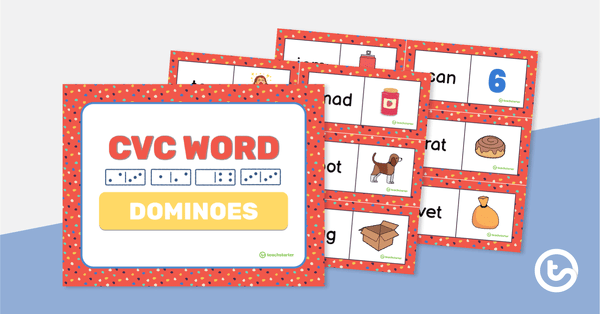
CVC Word Dominoes
Practice decoding and spelling CVC words with this set of 30 dominoes.
- Plus Plan
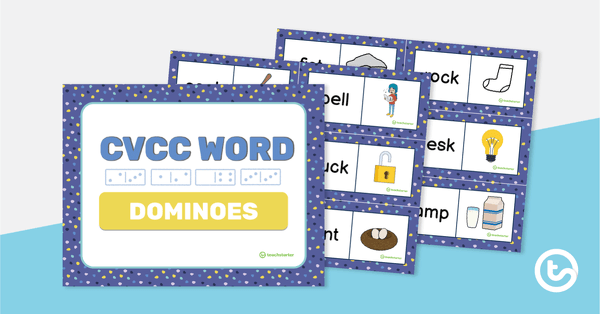
CVCC Word Dominoes
Practice decoding and spelling CVCC words with this set of 28 dominoes.
- Plus Plan
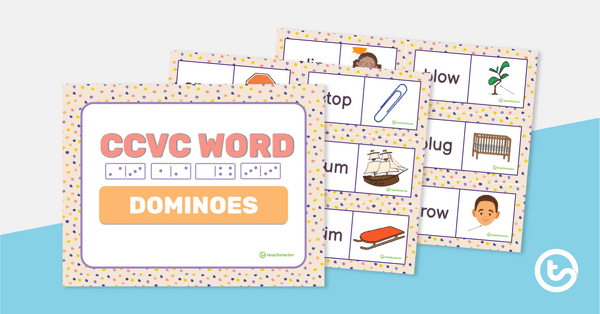
CCVC Word Dominoes
Practice decoding and spelling CCVC words with this set of 28 dominoes.
- Plus Plan
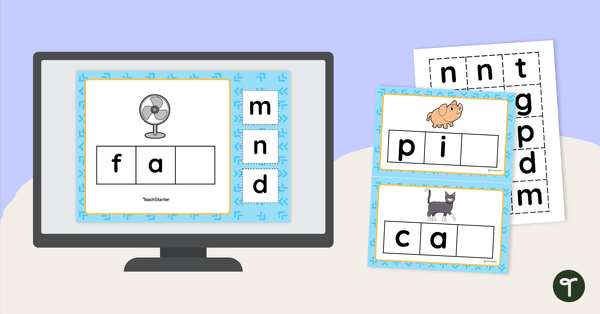
How Does It End? - Final Sounds Printable or Interactive Activity
Practice spelling CVC words with this set of 15 fill-in-the-blank word cards and their matching missing letters.
- Plus Plan
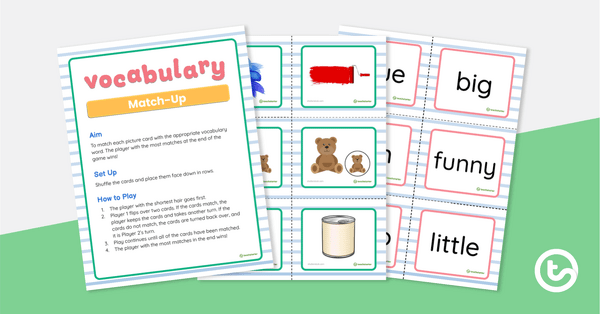
Vocabulary Match-Up
Print an engaging picture-word memory game that gets students actively reading while matching images to their words.
- Plus Plan

Sight Word BINGO (Fry Word List 201-300)
Practice learning sight words 201-300 on the Fry Sight Word List with our set of 22 Sight Words Bingo cards.
- Plus Plan
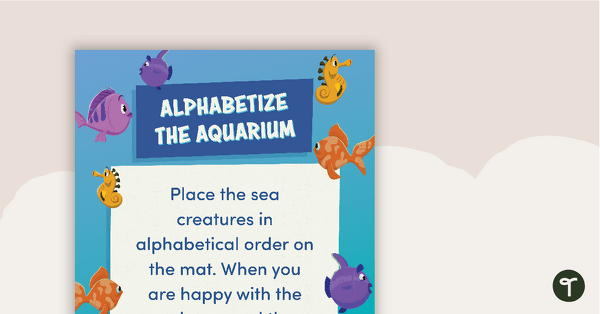
Alphabetize the Aquarium Activity
A set of 4 mats for students to practice alphabetizing.
- Plus Plan
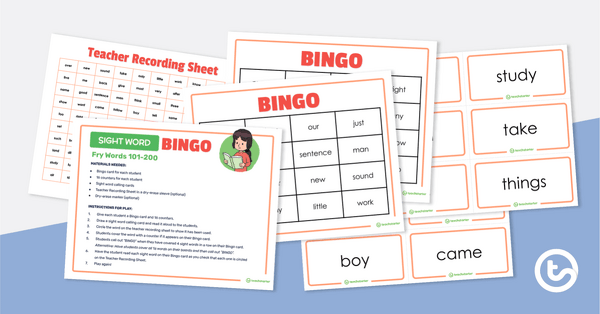
Sight Word BINGO (Fry Word List 101-200)
Practice learning sight words 101-200 on the Fry Sight Word List with our set of 22 Sight Words Bingo cards.
- Plus Plan
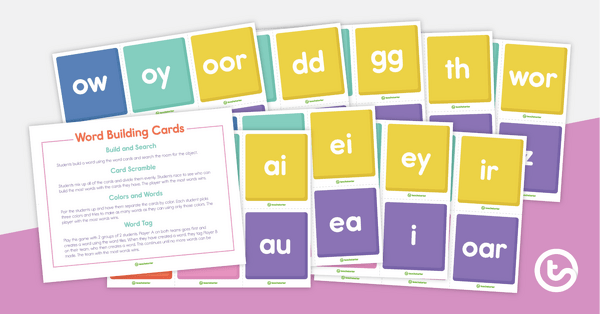
Word Building Cards
A comprehensive set of phonemes and letter combinations to help your students build words.
- Plus Plan
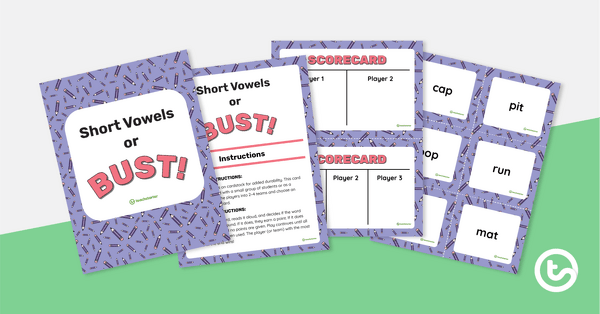
Short Vowels or BUST! Card Game
This phonological awareness activity awards points for correctly identifying the words with short vowel sounds.
- Plus Plan
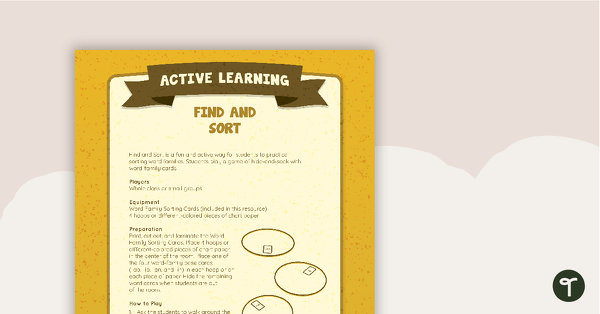
Find and Sort Active Game
An active game that allows students to practice sorting word families.
- Plus Plan
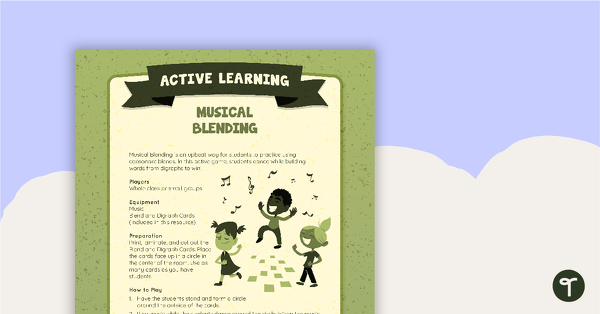
Musical Blending Active Game
An active game that allows students to practice using blends and digraphs.
- Plus Plan
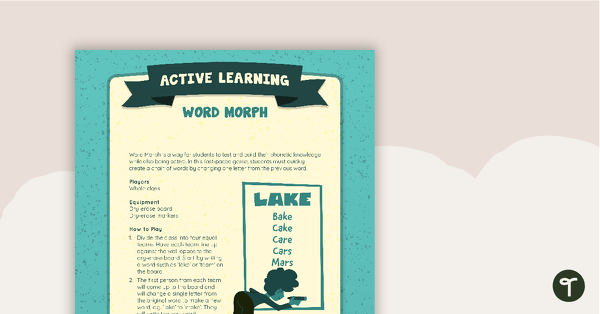
Word Morph Active Game
An active game that allows students to test and build their phonetic knowledge.
- Plus Plan
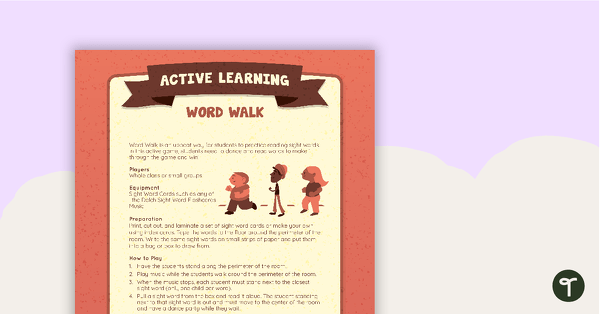
Word Walk Active Game
An active game that allows students to practice reading sight words.
- Plus Plan
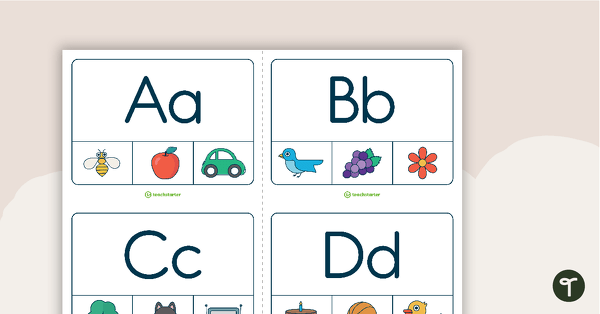
Initial Sound Clip Cards (Version 2)
A hands-on activity to practice initial sounds.
- Plus Plan
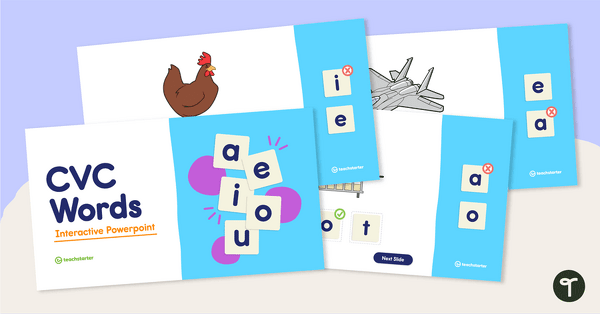
Segmenting and Blending CVC Words Interactive PowerPoint
Practice reading CVC words with your students with our interactive PowerPoint.
- Plus Plan
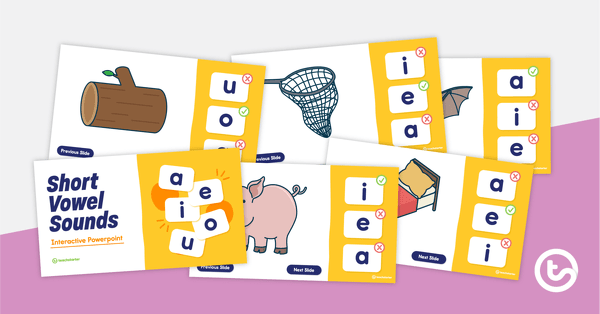
Identifying Short Vowel Sounds Interactive PowerPoint
An interactive quiz to practice identifying short vowel sounds in words.
- Plus Plan

SPLAT! CCVC Word Game
A set of 36 task cards to practice decoding and reading CCVC words.
- Plus Plan
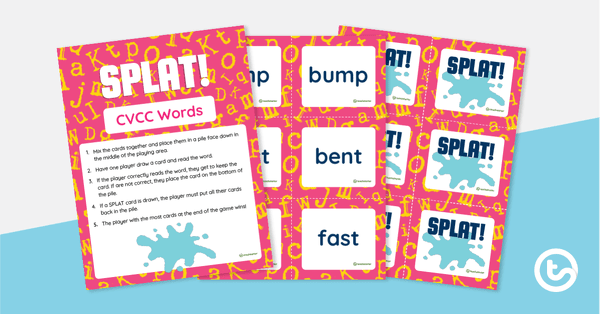
SPLAT! CVCC Word Game
A set of 36 task cards to practice decoding and reading CVCC words.
- Plus Plan
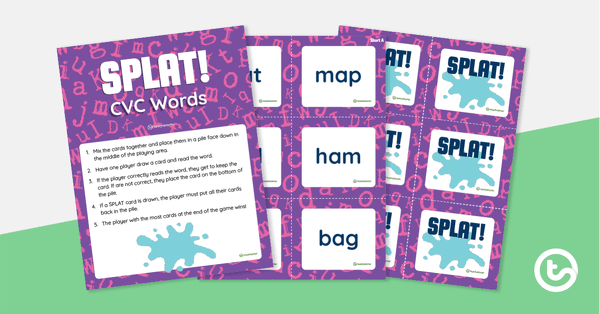
SPLAT! CVC Word Game
A set of 36 task cards to practice decoding and reading 3-letter words.
- Plus Plan
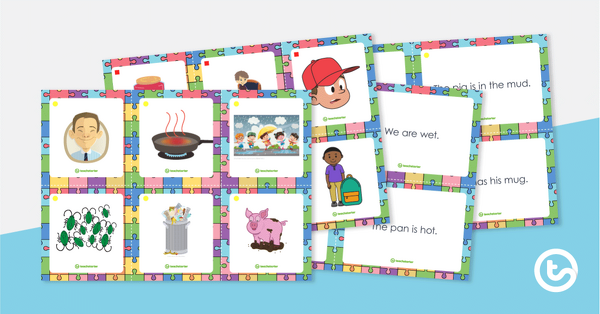
Decodable Text to Picture Match-Up
Four sets of decodable sentences with matching pictures.
- Plus Plan
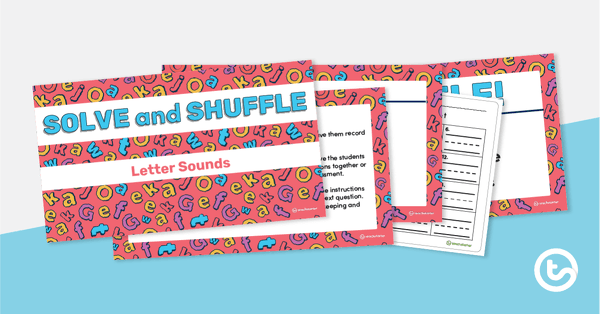
Solve and Shuffle - Letter Sounds PowerPoint Game
An active PowerPoint game to practice initial letter sounds.
- Plus Plan
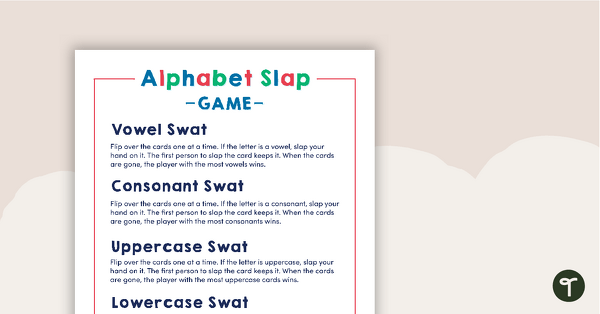
Alphabet Slap
A fun game for letter, consonant, and vowel recognition.
- Plus Plan

Initial Sound Clip Cards (Version 1)
A hands-on activity to practice initial sounds.
- Plus Plan
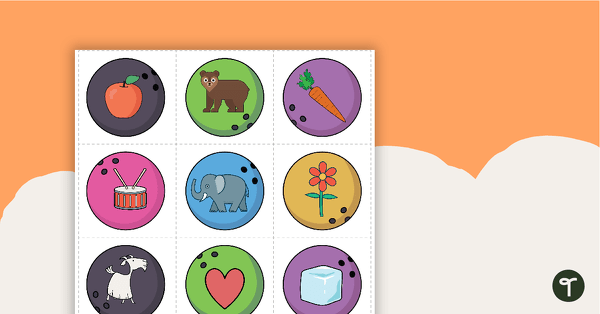
Bowling Game - Beginning Sounds
Practice applying letter-sound correspondence with 26 picture cards and letter pins.
- Plus Plan
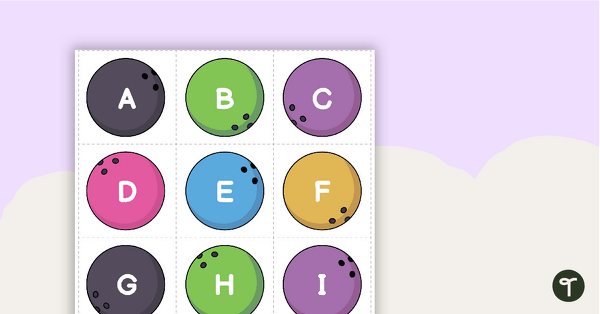
Bowling Game - Letter Match
Practice matching upper and lowercase letters with 26 letter bowling ball cards and pins.
- Plus Plan
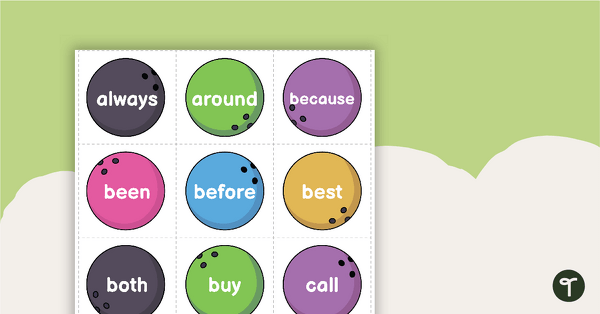
Bowling Game - Dolch Grade 2 Sight Words
Practice reading and matching 46 high-frequency words on the Dolch Second Grade sight words list.
- Plus Plan
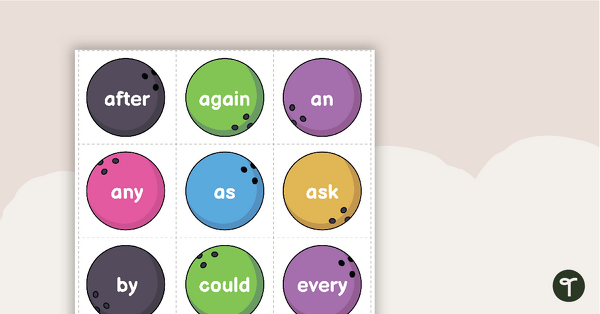
Bowling Game - Dolch First Grade Sight Words
Practice reading and matching 41 high-frequency words on the Dolch First Grade sight words list.
- Plus Plan
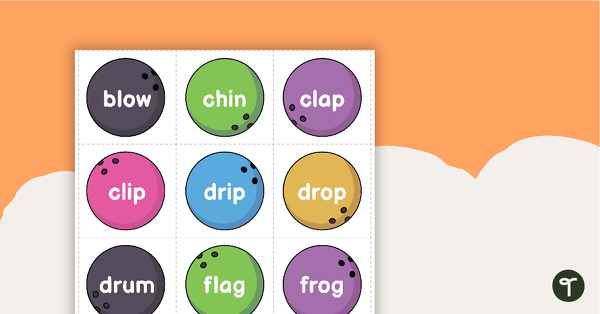
Bowling Game - CCVC Words
Bowl your way through reading 36 CCVC words!
- Plus Plan
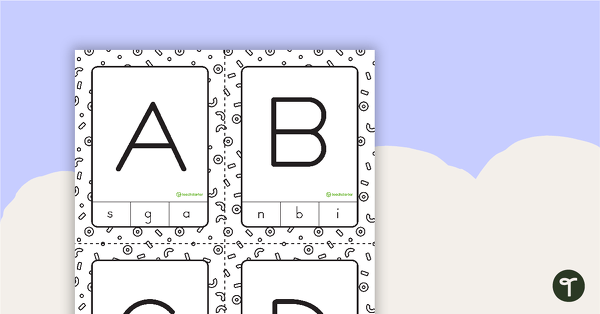
Letter Match Clip Cards
A fun, hands-on activity to practice matching uppercase and lowercase letters.
- Plus Plan
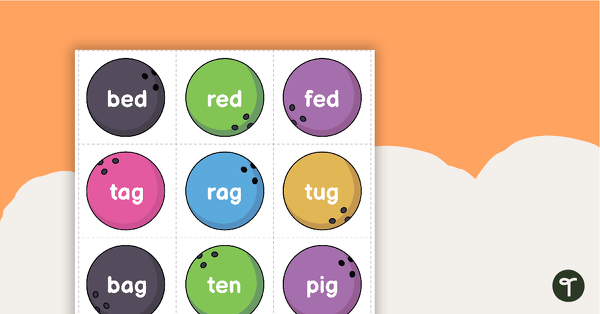
Bowling Game - CVC Words
Bowl your way through reading 36 CVC words!
- Plus Plan
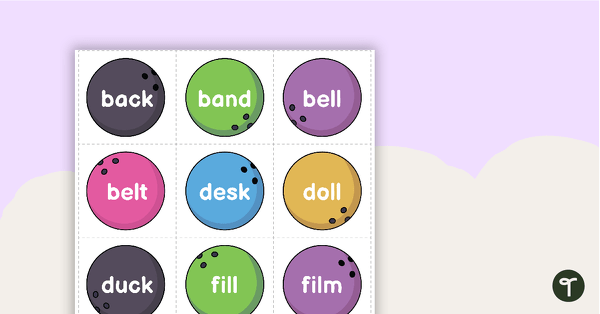
Bowling Game - CVCC Words
Bowl your way through reading and spelling 30 CVCC words!